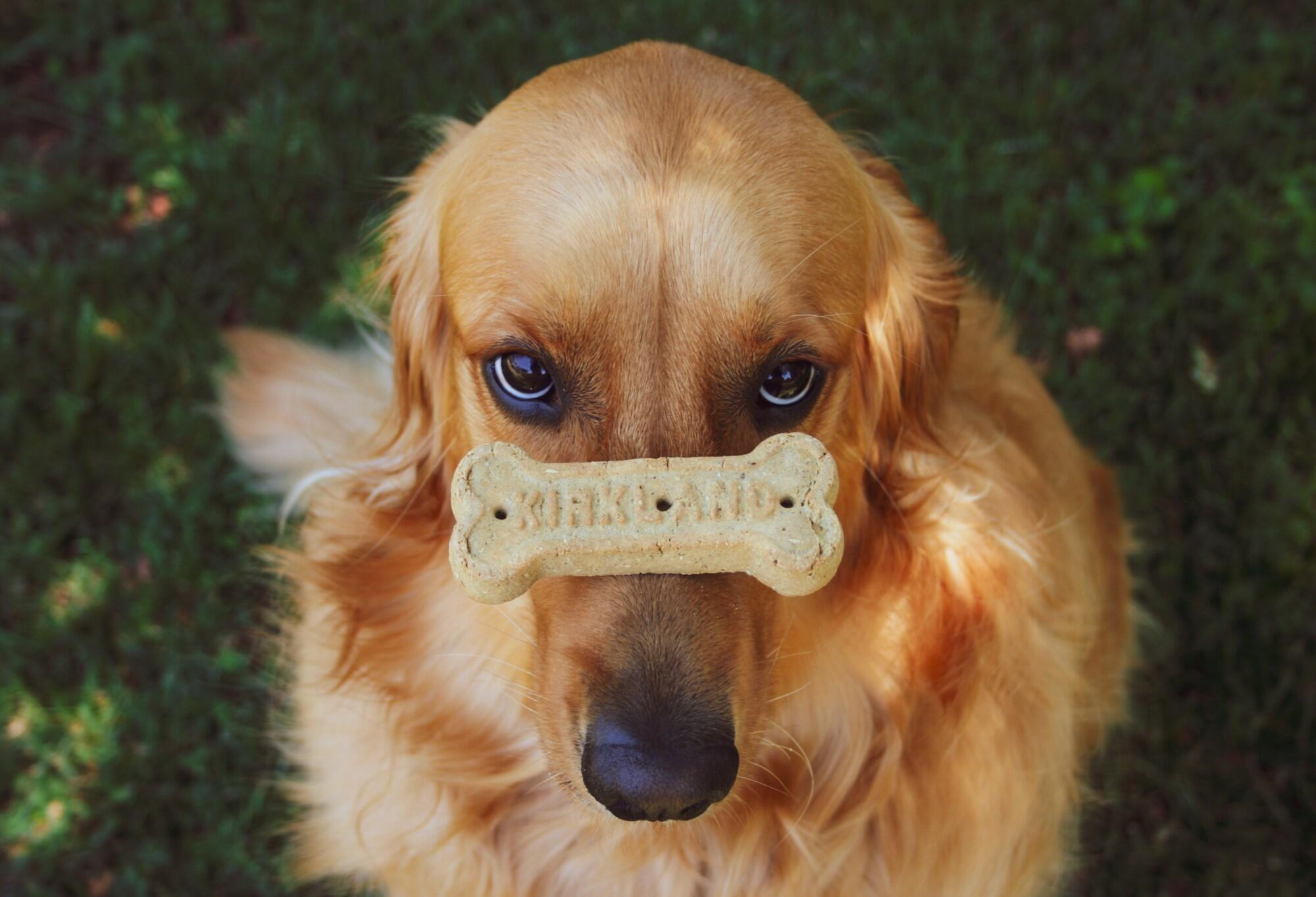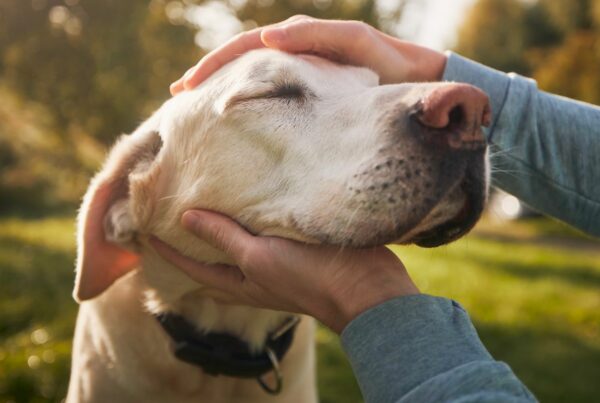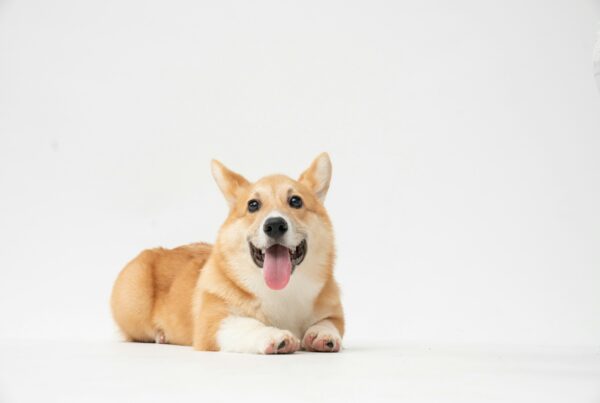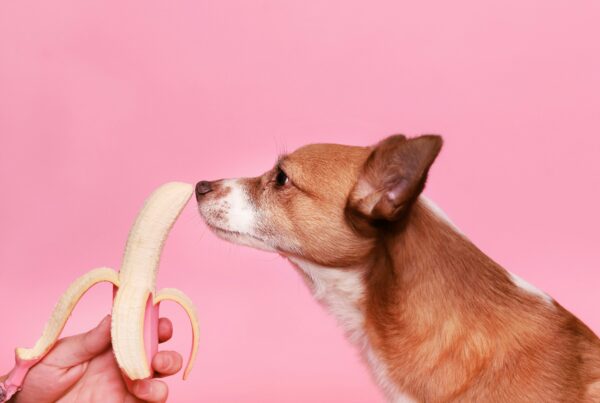What is a dog without its signature coat? While most pet owners might groan about the amount of dog hair they find on their clothes and around their home, they’ll probably also brag about how shiny and healthy their pet’s coat is.
The health of your dog’s coat begins from within. And the truth is, the condition of their coat is an indicator of their overall health. So, if you want to improve the look and feel of your dog’s coat, you’ll need to look at changing up more than their shampoo or grooming routine.
Here are the top home remedies for a shiny dog coat.
1. Know What Skin Irritation Looks Like
Just like humans, your health begins from within and is often reflected on the exterior. It’s no different with dogs. The health of their coats also begins at skin level. Despite having copious amounts of hair to protect their skin, dogs can still experience skin irritation, allergies, and inflammation. All of which can impact the health and appearance of their coat.
This is why it’s so important to keep an eye out for skin irritation and understand what the signs look like. Make sure to perform regular checks on the skin underneath their coat. Look for flaking, dandruff, redness, red or black patchiness on the skin, dry crusts of skin, or hair loss. All of these could signal issues with skin allergies or hypothyroidism.
If their coat begins to appear very oily or thin, this is also a sign of an underlying problem.
2. Add an Omega-3 to Their Diet
Supplementing with omega-3 is a brilliant way to add life and luster back to your dog’s coat. Some of the best omega-3 supplements include DHA for improving their overall skin health, as well as salmon oil for dogs.
Bear in mind that it’s important to do your research on the best types of omega-3 supplements for your particular dog breed. If you’re unsure, consult your local veterinarian for advice.
3. Prioritize a Grooming Routine
One of the best ways to keep your pet’s coat in tip-top condition is with a regular grooming routine. This is essential in keeping their fur soft, hydrated, fluffy, and healthy. Regular brushing helps to move all the natural oils from the hair follicles to the tips while keeping knots, tangles, and mats at bay.
When your dog’s fur becomes tangled and matted, this is a recipe for skin irritation as it traps moisture close to the skin, essentially suffocating it. The result is often hot spots of bacterial skin infection, which can lead to hair loss. Try to prioritize thorough brushing of your dog’s hair once a week.
4. Prioritize a Bathing Routine
Regular bathing is just as important as brushing. No matter the breed of dog you have, the recommendation as per the ASPCA is to bathe your dog every three months to avoid skin conditions and irritation.
Bathing your dog helps to remove the buildup of dead skin cells, oiliness, and not to mention — ticks and fleas. Remember that some pups might require more regular bathing, especially breeds with longer, thicker hair.
Here are a few bathing tips that could help:
- Make sure you lather your pup from rump to neck, keeping suds clear from the head and ears
- Once you’ve worked the shampoo through the hair, rinse off thoroughly from neck to rump — don’t forget to rinse their underbelly too
- Dry off your pup with a towel, then take some time to comb through their hair to help disperse the natural oils from the surface of the skin
Don’t forget about ear hygiene. While you don’t want to get water in their ears, it’s still important to clean the area with a damp cloth or invest in a specific pet ear cleaner. Always choose the right shampoo for your dog’s hair type.
5. Maximize Protein in Their Diet
As the saying goes ”you are what you eat” and when it comes to dogs, this rings true, too. Your dog’s diet will have a direct impact on their skin and fur health. The more fillers and other inflammatory ingredients they consume, the more likely they are to develop skin conditions.
It’s so important to take stock of all the ingredients in the dog food you feed them. Do your research on what types of foods suit your dog’s breed best. And keep in mind that it’s best to prioritize foods high in protein. This includes grains, legumes, lean proteins, and some vegetables.
Consult your veterinarian if you need advice on what’s best for your pup in terms of their diet.
6. Keep Parasites at Bay
Not only can ticks, fleas, and skin mites irritate your dog, but they carry a barrage of other health consequences for your pup, too. An infestation of pests can lead to the topical irritation of the skin, but can also result in tick-borne diseases that have very serious health implications — some even life-threatening.
This is where the importance of regular brushing and bathing comes in. If you notice your pet scratching and itching more than usual, it’s time to investigate and find a solution before they develop a real flea and tick problem.
Preventative maintenance is the best way to keep parasites at bay and keep the health of your dog’s coat in great condition. It’s a good idea to schedule regular checkups with your vet to manage the risk of parasites.
7. Make Time for Daily Movement
Don’t underestimate the power of daily movement for your furry friend. Dogs thrive on burning off energy, so make it a priority to take them for a walk or run daily.
Not only does regular movement help in combatting brittle coat issues, but it’s also great for preventing obesity, anxiety, joint issues, and depression. To add to this, taking the time to exercise with your dog can strengthen your bond with them.
Simple Home Remedies for a Shiny Dog Coat
These home remedies for a shiny dog coat are proven ways to keep your pet’s fur (and health) in the best condition. If you’re on the hunt for expert dog advice, you’re in the right place!
Explore the rest of this site for updates on all things dogs.
Photo credit:
Did you find this city dog content helpful? Share it with a friend or link it to social media. Enjoy short clips of silly dogs? Best dog training videos? Holistic puppy training tips? Follow us on instagram @nydognanny or on YouTube at nydognanny. Have some news you needs to get to dog and cat parents stat? Email info@newyorkdognanny.com with your article pitch.




